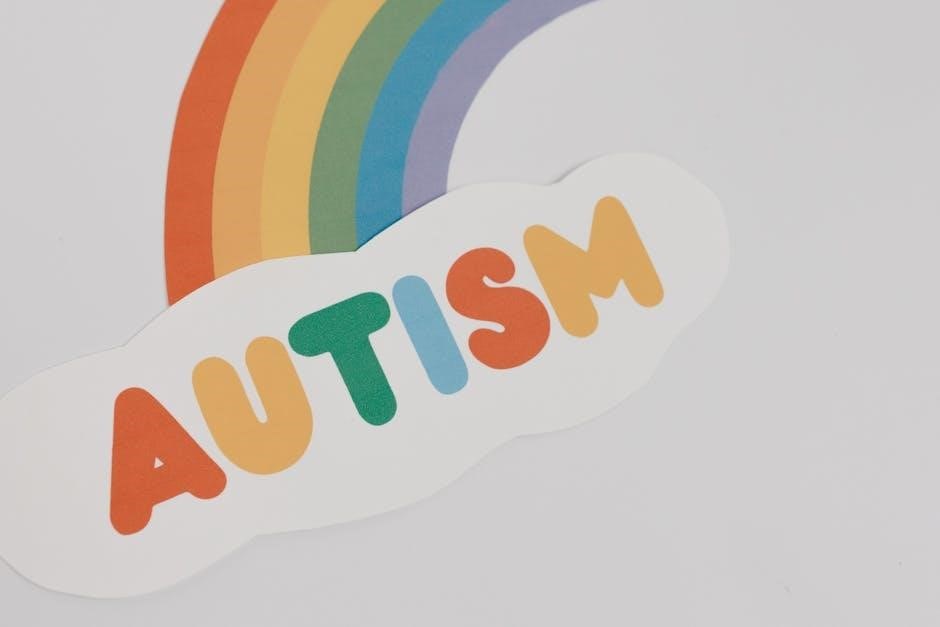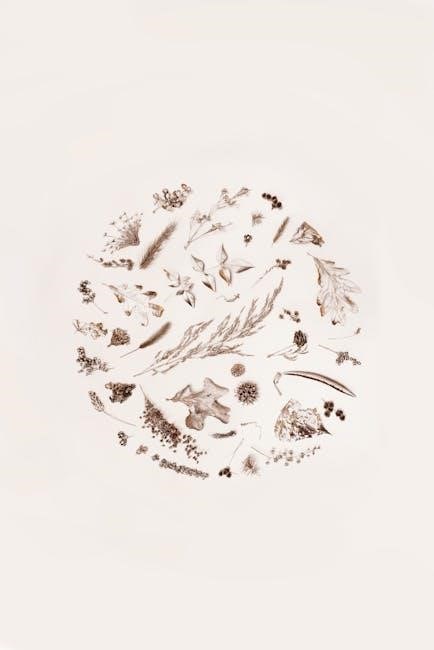gateways to art understanding the visual arts fourth edition pdf
with
- strong pedagogical support and cross-references
that encourage comparison and interpretation of art images.
Overview of the Book
The book Gateways to Art: Understanding the Visual Arts, Fourth Edition, provides a comprehensive introduction to the visual arts, covering various aspects of art history, theory, and criticism.
According to the information available, the book focuses on developing students’ visual analysis skills, with strong pedagogical support and cross-references that encourage comparison and interpretation of art images.
The book’s content is designed to support the common course goal of learning to interpret art in multiple ways, helping students to understand the visual arts in a deeper and more meaningful way.
With its student-centered approach, the book utilizes a range of examples and case studies to illustrate key concepts and ideas, making it an invaluable resource for students and instructors alike.
The book’s fourth edition has been updated to include new images, examples, and perspectives, ensuring that the content remains relevant and engaging for contemporary students.
Overall, the book provides a thorough and engaging introduction to the visual arts, making it an essential resource for anyone looking to develop their understanding of art and its many forms.
The book’s structure and content are designed to support student learning, with a range of features and resources that facilitate engagement and understanding.

Authors and Contributors
Authors include Debra J. DeWitte and M. Kathryn Shields, with contributions from various experts in the field of art history and theory, providing a comprehensive and authoritative perspective on the visual arts.
Debra J. DeWitte and M. Kathryn Shields
Debra J. DeWitte and M. Kathryn Shields are the authors of Gateways to Art, a comprehensive textbook on understanding the visual arts. They have extensive experience in teaching and researching art history, with a focus on making the subject accessible to students. Their approach emphasizes visual analysis, critical thinking, and contextual understanding, providing students with a deeper appreciation of art and its significance. The authors’ expertise is evident in the way they have structured the book, with each chapter building on the previous one to create a cohesive and engaging narrative. Debra J. DeWitte and M. Kathryn Shields have also incorporated a range of images and examples to illustrate key concepts and ideas, making the book a valuable resource for students and instructors alike. By providing a clear and concise introduction to the visual arts, the authors aim to inspire students to explore and understand the world of art, and to develop a lifelong appreciation for its beauty and significance. The book’s fourth edition has been updated to include new images, examples, and perspectives, ensuring that it remains a relevant and effective tool for teaching and learning. With their expertise and experience, Debra J. DeWitte and M. Kathryn Shields have created a textbook that is both informative and engaging, making it an essential resource for anyone interested in understanding the visual arts. The authors’ commitment to making art history accessible and engaging is evident throughout the book, and their contributions to the field of art education are highly valued.

Book Content and Structure
Book content includes eight gateways to art images and strong pedagogical support with
- cross-references
for comparison.
Eight Gateways to Art Images
The eight gateways to art images are a key component of the book, providing students with a comprehensive understanding of the visual arts. These images are carefully selected from around the world and all eras, allowing students to interpret art in multiple ways. The gateways are designed to support the common course goal of learning to analyze and understand art, and are accompanied by strong pedagogical support and cross-references that encourage comparison and interpretation. By studying these images, students can develop their visual analysis skills and gain a deeper understanding of the visual arts. The eight gateways to art images are a unique feature of the book, and are designed to engage students and promote a lifelong appreciation of art. The images are supported by a range of learning tools and resources, including online materials and study guides, to help students get the most out of their studies. Overall, the eight gateways to art images are an essential part of the book, and provide students with a rich and rewarding learning experience. With the help of these images, students can develop a deeper understanding of the visual arts and appreciate the beauty and complexity of art from around the world.

Availability and Download
Gateways to Art is available for download as a PDF or DOCX file from various online sources.
PDF and DOCX Formats
The book is available in various digital formats, including PDF and DOCX, which can be easily downloaded from online sources.
The PDF format is widely used and can be read on various devices, including computers, tablets, and smartphones.
The DOCX format, on the other hand, is compatible with Microsoft Word and other word processing software.
Both formats offer a convenient way to access the book’s content, including images, diagrams, and text.
The digital versions of the book are also searchable, making it easy to find specific topics or keywords.
Additionally, the PDF and DOCX formats allow users to zoom in and out of images and text, making it easier to read and study.
The book’s digital formats are also environmentally friendly, as they eliminate the need for physical printing and transportation.
Overall, the PDF and DOCX formats offer a flexible and convenient way to access the book’s content, making it an ideal choice for students, researchers, and art enthusiasts.
The digital versions of the book can be downloaded from various online sources, including websites, online libraries, and digital bookstores.
The book’s content is also protected by copyright laws, and users are advised to respect these laws and use the digital versions for personal and educational purposes only.
The PDF and DOCX formats are widely supported, and users can easily convert between the two formats using various software tools.
The book’s digital formats are also regularly updated, ensuring that users have access to the latest version of the book.
The digital versions of the book are an essential resource for anyone interested in art and art history, and they offer a convenient and flexible way to access the book’s content.
The book’s content is well-organized, and the digital formats make it easy to navigate and find specific topics or keywords.
The PDF and DOCX formats are an excellent choice for anyone looking to access the book’s content in a digital format.
The book’s digital versions are a valuable resource for students, researchers, and art enthusiasts, and they offer a convenient and flexible way to access the book’s content.

and Final Thoughts
Gateways to Art provides a comprehensive understanding of visual arts, with a student-centered approach and strong pedagogical support, making it an essential resource for art students and enthusiasts alike, using various digital formats.
Importance of Gateways to Art
The importance of Gateways to Art lies in its ability to provide a comprehensive understanding of the visual arts, making it an essential resource for art students and enthusiasts alike.
The book utilizes a student-centered approach, with an emphasis on visual analysis, cross-references that encourage comparison and interpretation of art images, and strong pedagogical support.
This approach helps to develop students’ visual analysis skills, allowing them to interpret art in multiple ways and understand the various contexts in which it was created.
The inclusion of images from around the world and all eras also supports the common course goal of learning to interpret art in multiple ways.
By using Gateways to Art, students can gain a deeper understanding of the visual arts, and develop the skills necessary to analyze and interpret art effectively.
The book’s digital format, available as a PDF or DOCX file, also makes it easily accessible to students, allowing them to study and learn at their own pace.
Overall, Gateways to Art is a valuable resource for anyone looking to gain a deeper understanding of the visual arts, and its importance lies in its ability to provide a comprehensive and engaging learning experience.
The book’s content is designed to be flexible and adaptable, allowing instructors to tailor their teaching to meet the needs of their students.
The importance of Gateways to Art is evident in its ability to provide a comprehensive and engaging learning experience, making it an essential resource for art students and enthusiasts alike.
The book’s emphasis on visual analysis and interpretation helps to develop students’ critical thinking skills, allowing them to analyze and understand the visual arts in a more meaningful way.
By providing a comprehensive understanding of the visual arts, Gateways to Art helps to promote a greater appreciation and understanding of art and its role in society.
The book’s importance is also evident in its ability to provide a flexible and adaptable learning experience, allowing instructors to tailor their teaching to meet the needs of their students.
The use of digital formats, such as PDF and DOCX files, also makes the book easily accessible to students, allowing them to study and learn at their own pace.
Overall, the importance of Gateways to Art lies in its ability to provide a comprehensive and engaging learning experience, making it an essential resource for art students and enthusiasts alike.
